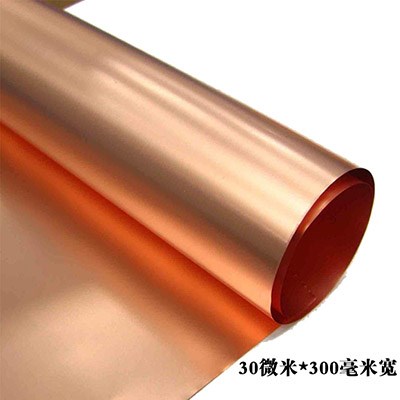Conductivity: the conductivity of rolled copper is weaker than that of electrolytic copper.
Ductility: The compressibility of rolled copper material is better than that of electrolytic copper material. The elongation of rolled copper material reaches 20-45%, while that of electrolytic copper material is only 4-40%.

Bending: after the determination of bending and bending (the samples are 35 µ m thick and heat treated at 200 ℃/30 min, with a radius of curvature of 2.5nn and a stroke of 25mm), Calendered copper foil 11600 times, special Electrolytic copper foil 5233 times, and 2560 times for standard electrolytic copper foil. It can be seen from the test and evaluation results of flexibility that the flexibility of rolled copper foil is about 4 times higher than that of ordinary electrolytic copper foil. Its flexural reliability has an overwhelming advantage.
Manufacturability: electrolytic copper material is formed by electroplating. Its copper particle crystal structure is easy to form vertical line edges when etching, which is very conducive to the production of fine wires.
Flatness: due to the high density of rolled copper foil, its production mode determines that its surface has uniform smoothness. The surface roughness (Rz) of the raw rolled copper foil produced is only 1 μ m. However, the surface roughness Rz of ordinary raw electrolytic copper foil is 5 μ m。




